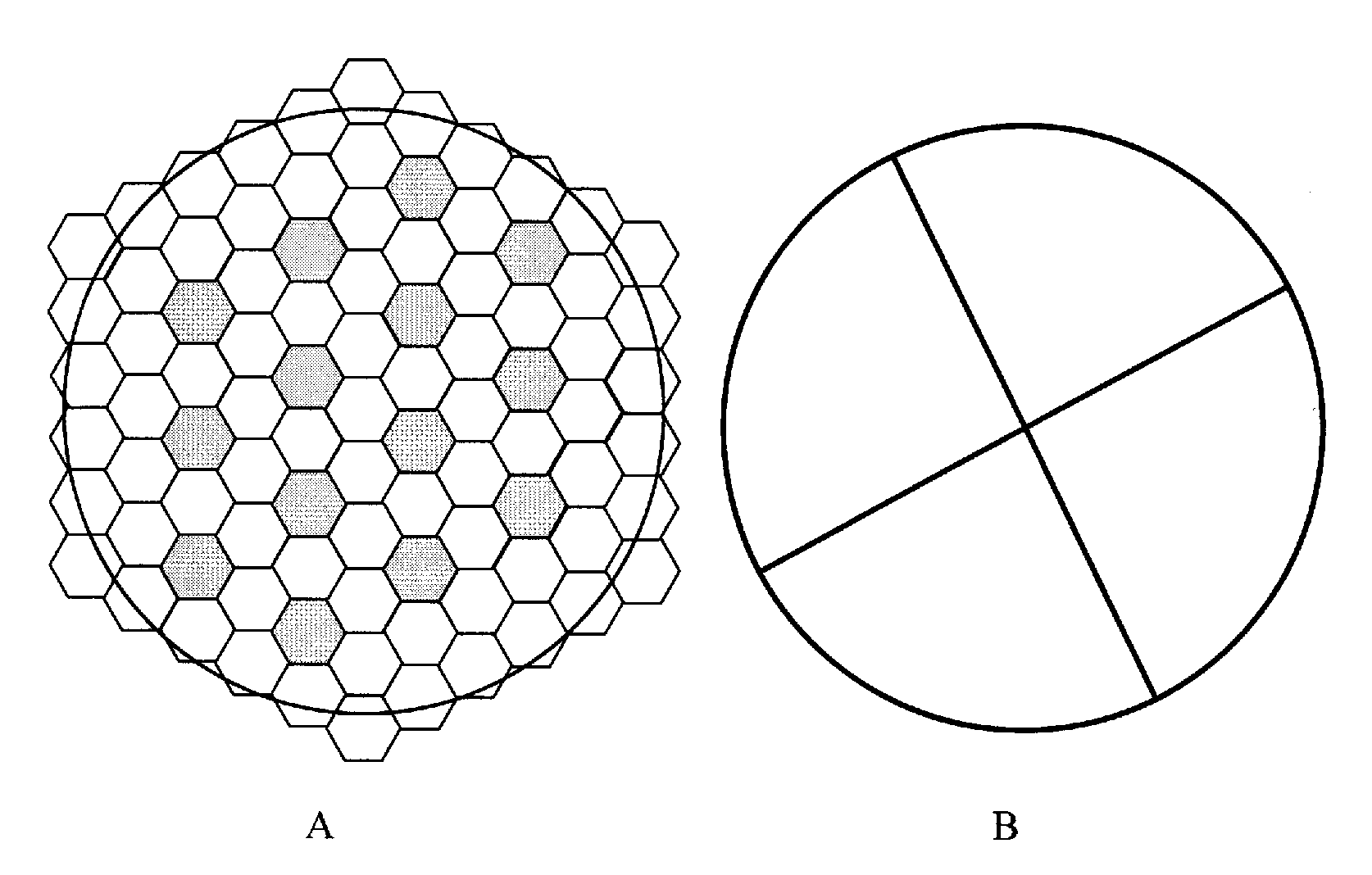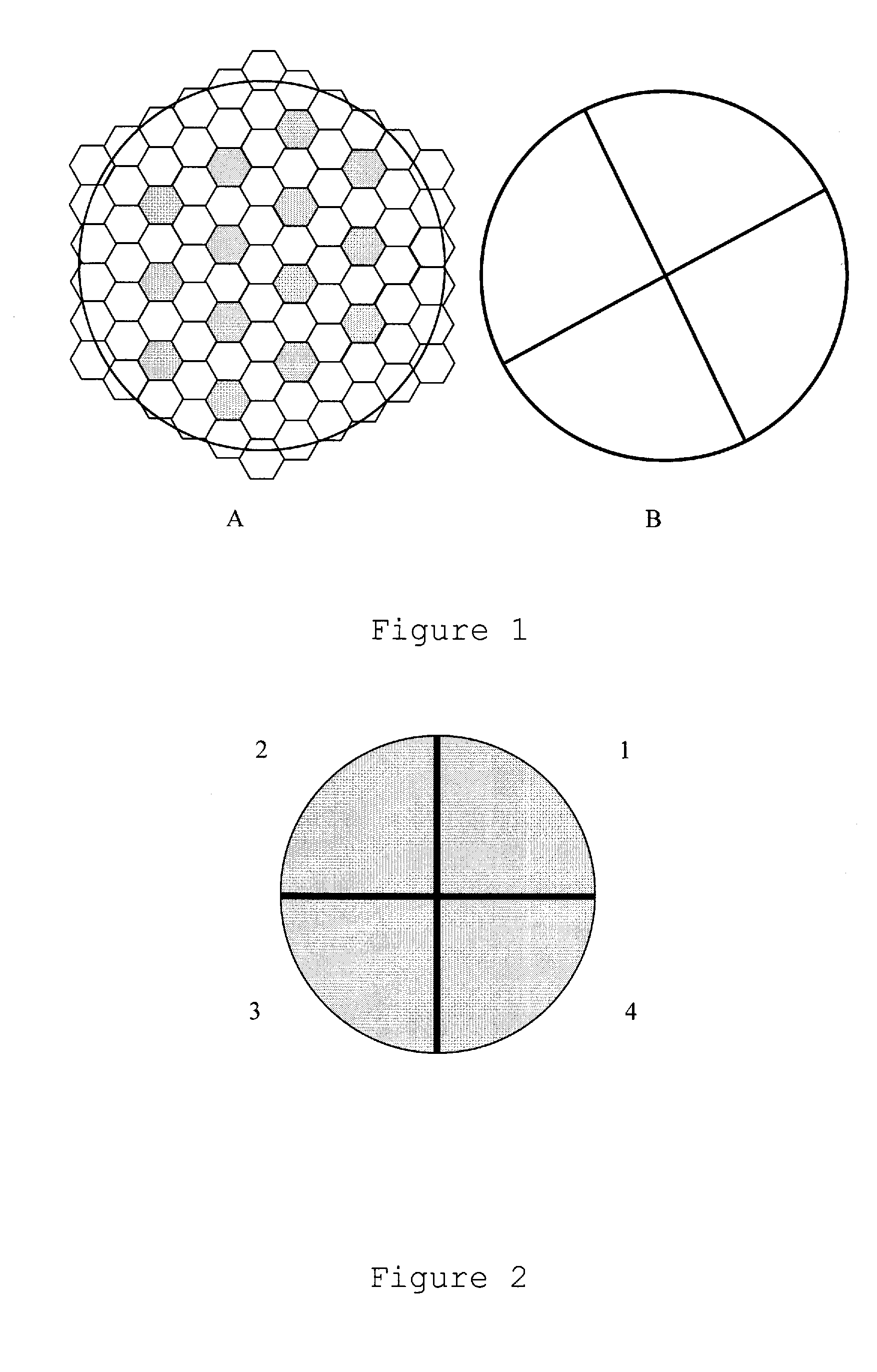Multi-focal intraocular lens with asymmetric point spread function
a multi-focal, point spread technology, applied in intraocular lenses, prostheses, medical science, etc., can solve the problems of negative impact on overall image quality, patient's perception of light as artifact or blinding halo around patient's field of vision, etc., to achieve the effect of improving vision quality
- Summary
- Abstract
- Description
- Claims
- Application Information
AI Technical Summary
Benefits of technology
Problems solved by technology
Method used
Image
Examples
Embodiment Construction
[0022]Detailed embodiments of the instant invention are disclosed herein, however, it is to be understood that the disclosed embodiments are merely exemplary of the invention, which may be embodied in various forms. Therefore, specific functional and structural details disclosed herein are not to be interpreted as limiting, but merely as a basis for the claims and as a representation basis for teaching one skilled in the art to variously employ the present invention in virtually any appropriately detailed structure.
[0023]The preferred basic optical design of the IOL is illustrated in FIGS. 1A and 1B. FIG. 1A represents the anterior surface (the surface facing the cornea) of the IOL and FIG. 1B represents the posterior surface (the surface facing the crystalline lens) of the IOL.
[0024]The anterior surface is composed of individual regions of one optical power (the white hexagons) or another (the gray hexagons). The set of white hexagons represents a given focal power, for example for...
PUM
 Login to View More
Login to View More Abstract
Description
Claims
Application Information
 Login to View More
Login to View More - R&D
- Intellectual Property
- Life Sciences
- Materials
- Tech Scout
- Unparalleled Data Quality
- Higher Quality Content
- 60% Fewer Hallucinations
Browse by: Latest US Patents, China's latest patents, Technical Efficacy Thesaurus, Application Domain, Technology Topic, Popular Technical Reports.
© 2025 PatSnap. All rights reserved.Legal|Privacy policy|Modern Slavery Act Transparency Statement|Sitemap|About US| Contact US: help@patsnap.com


